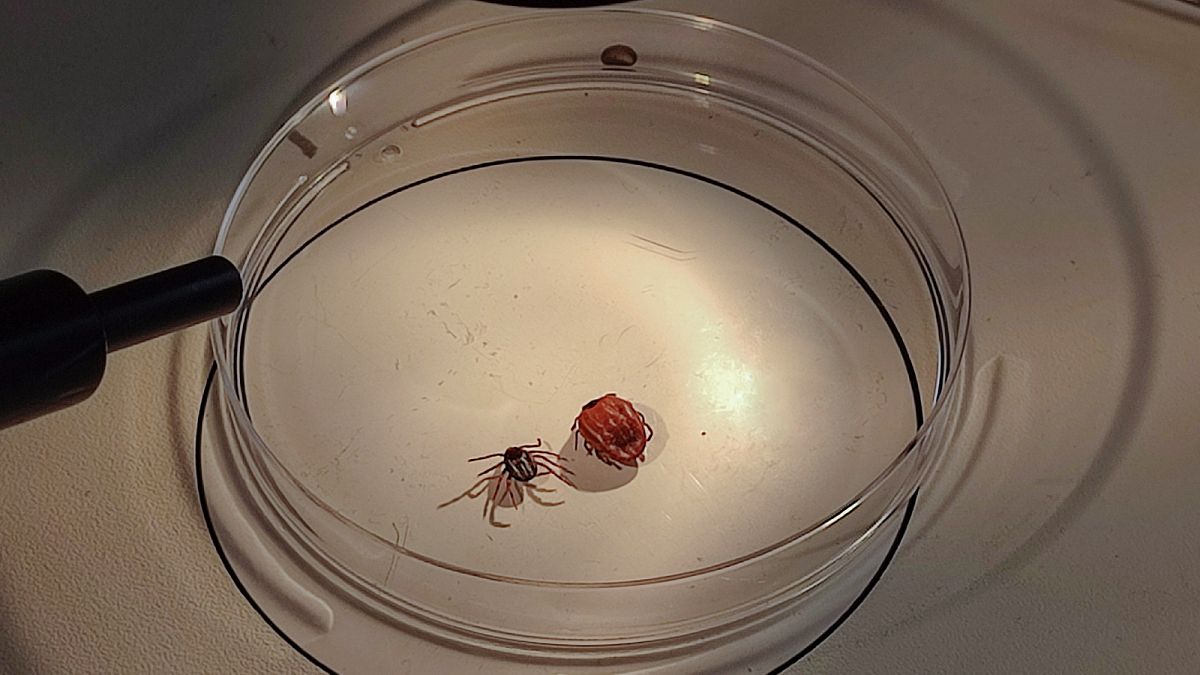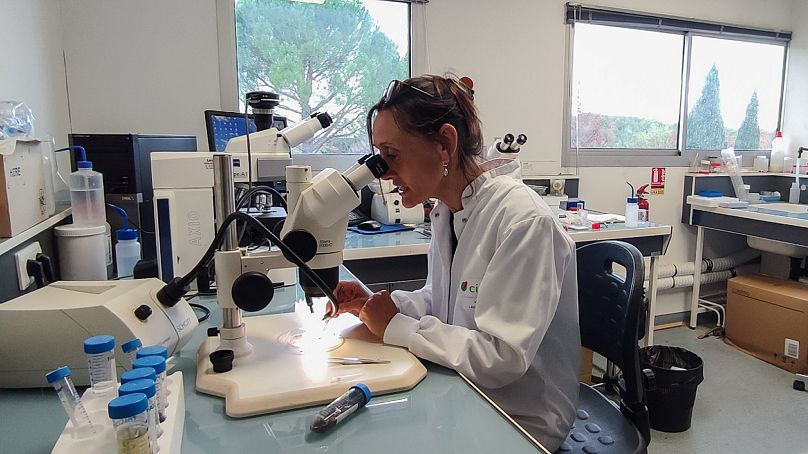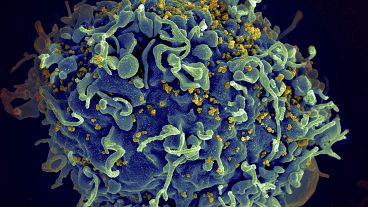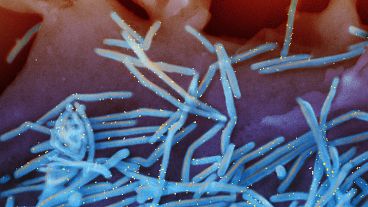Authorities said that Crimean-Congo haemorrhagic fever (CCHF) was detected for the first time in southern France this month. Here's what we know.
A virus that causes haemorrhagic fever was detected for the first time in France this month in around 100 ticks collected in 2022 and 2023 on farms in the south of the country.
The Crimean-Congo haemorrhagic fever (CCHF) virus is typically spread through the bite of an infected Hyalomma tick, but there has not yet been a human infection in France.
Human cases of the virus have previously been reported in Europe in the Balkans, Spain, Russia and Turkey. Two cases, including one that was fatal, were reported over the summer in North Macedonia.
There have also been 10 cases of CCHF diagnosed in Spain between 2013 and 2021, of which seven patients survived.
The virus can cause "severe viral haemorrhagic fever outbreaks" like Ebola, with a fatality rate of between 5 and 40 per cent, according to the World Health Organization (WHO).
A human can get infected with this virus through contact with infected ticks or animal blood from livestock such as cattle, sheep or goats. It can also be transmitted through human-to-human contact with infected blood or body fluids.
The symptom onset is typically sudden and starts with fever, dizziness, muscle aches, sore eyes and sensitivity to light. A person could also have nausea, vomiting, diarrhoea, and abdominal pain, according to WHO.
Other signs include a fast heart rate, enlarged lymph nodes, and rash caused by bleeding. It is one of the agency’s priority diseases that pose the "greatest public health risk".
The detection of CCHF in ticks is "very worrying", according to Ali Mirazimi, an adjunct professor with the Department of Laboratory Medicine at Sweden's Karolinska Institutet who has researched this virus.
"It indicates that the risk is high to see an outbreak in France in [the] near future," he told Euronews Next.
Mirazimi added that there are no antivirals or vaccines to treat or prevent CCHF at the moment.
Tick-borne diseases on the rise due to climate change
The Hyalomma tick, a very large hard tick of around 5 mm that carries the virus, originates in Africa and Asia and travels with migratory birds.
While this type of tick has been present in Corsica for decades, it was only detected on the Mediterranean coast in 2015.
Experts, including specialists at the French Agricultural Research Centre for International Development (CIRAD) who tested these ticks, have warned that climate change will create conditions that favour these insects’ further spread.
Laurence Vial, a tick specialist at CIRAD, warned that the virus was detected in ticks in Spain a few years before human cases emerged, but she said it could be different in France with the distribution of the tick species still unknown.
While there is no current active national surveillance of ticks, France’s National Agency for Food, Environmental and Occupational Health Safety (Anses) has recommended that the ticks be monitored.
Anses warned earlier this year that there was a risk this haemorrhagic virus would emerge in France due in part to climate change.
"This emergence is made all the more likely by the fact that the geographical area in which these ticks are established is expected to expand due to the ongoing climate change," said Elsa Quillery, the coordinator of Anses’ scientific expert analysis, in June.
"This is because Hyalomma ticks like dry climates and warm periods".
Cattle in Italy have also tested positive for antibodies for CCHF virus, suggesting that they were exposed to the virus.
A spokesperson for WHO Europe told Euronews Next that the detection of CCHF in ticks in France is a "concerning development," adding that "WHO along with partners is monitoring the possibly expanding range of this and other vector-borne diseases as our climate changes".
Other tick-borne illnesses appear to be increasing in Europe, with a study published this year in the journal Eurosurveillance finding that tick-borne encephalitis cases increased between 2012 and 2020 with a north-west spread in continental Europe.
Other studies have found that borreliosis - more commonly known as Lyme disease - diagnoses have increased in some Western European countries but that better surveillance in southern countries is needed.
How can people avoid these ticks?
Mirazimi told Euronews Next that authorities should "educate and inform people in the area about the risks," better monitor the area, and inform doctors and hospitals about the disease and its symptoms.
To prevent tick bites, it is recommended that people should wear closed shoes, avoid grass and stick to marked paths, and inspect themselves after returning from walks or a garden outdoors.
After being bitten, health authorities recommend removing the tick with tweezers and disinfecting the area as well as monitoring for any symptoms of tick-borne illness.
France’s public health agency said that the frequency of human bites from the Hyalomma tick is expected to be low as these ticks "have no particular appetite for humans".
They are also larger and easier to spot than other species of ticks.
A spokesperson for the European Centre for Disease Prevention and Control (ECDC) said: "The finding in France confirms that there is a potential risk for humans to get infected with CCHFV.
"An in-depth multidisciplinary assessment of the risk of occurrence of human cases will be carried out in France for the next season of tick activity in spring 2024 and in subsequent years".




